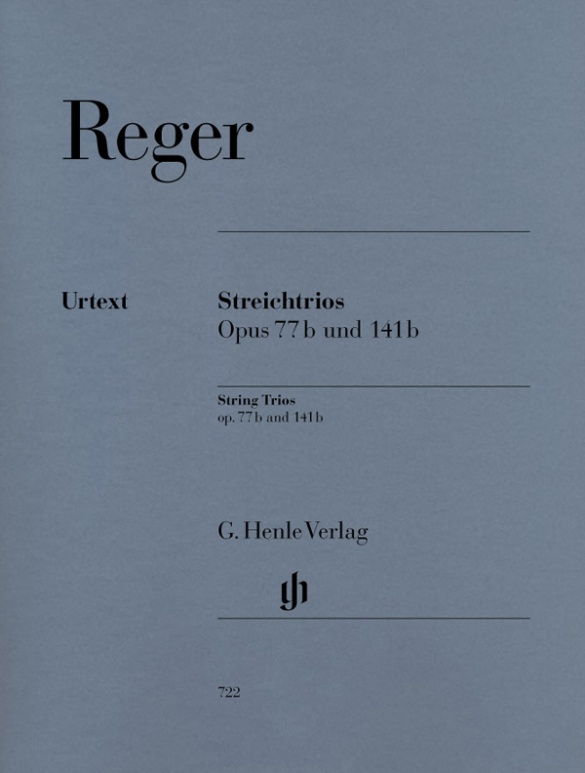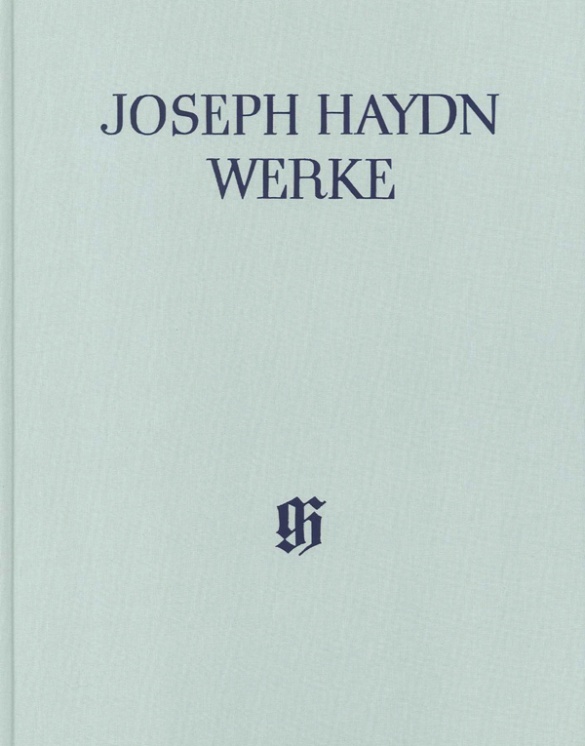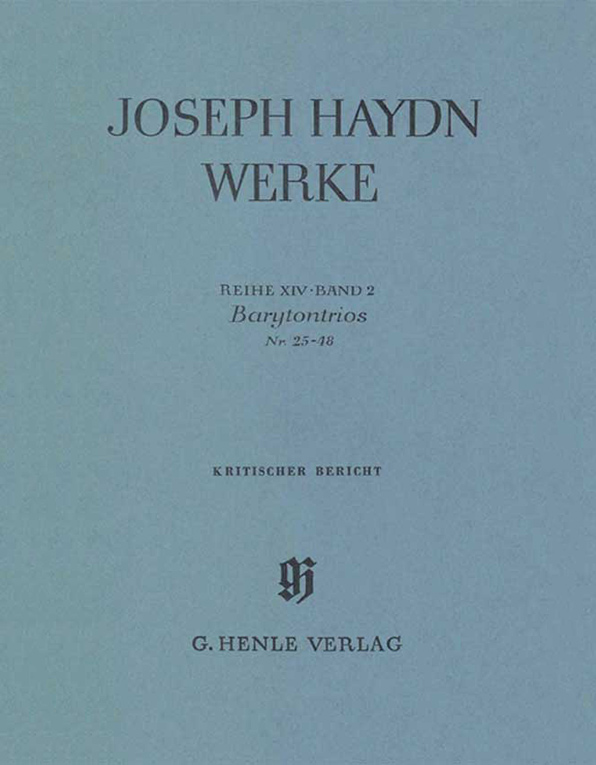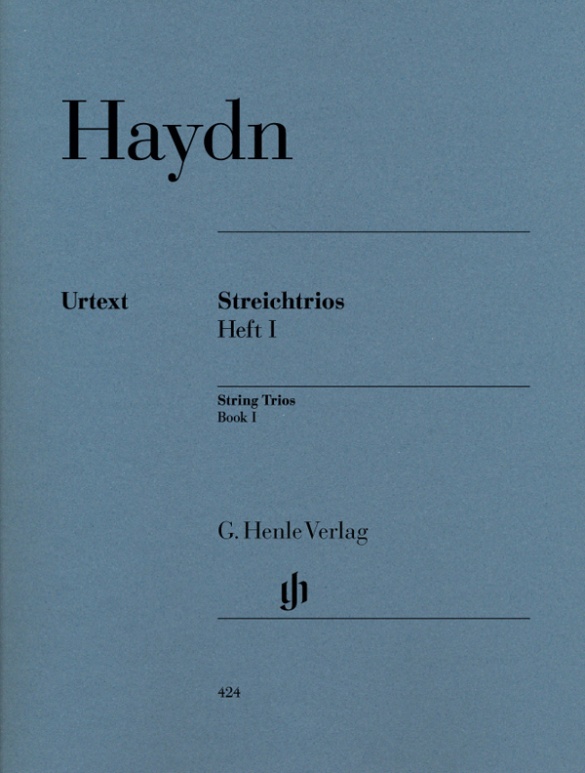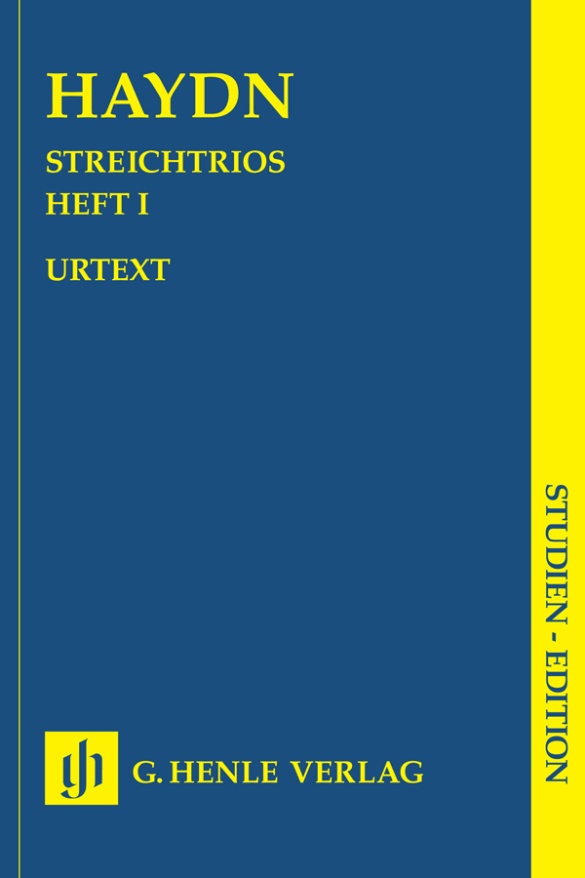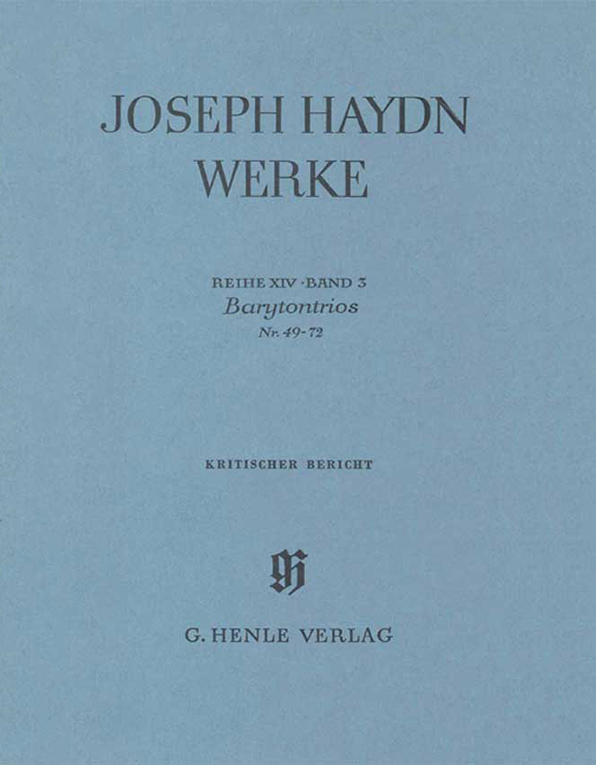Max Reger
String Trios a minor op. 77b and d minor op. 141b
Max Reger's two string trios stand alongside Mozart's Divertimento in E-flat major (K. 563) and Beethoven's op. 9 trios at the pinnacle of the genre. In their style and technical demands Reger has clearly taken these admired classical forebears as his guide. Both trios are classicist in nature and delight the listener with their relaxed and occasionally even joyful character. No wonder that they proved highly successful at their premières in 1904 and 1915! For his edition, the Reger specialist Michael Kube has examined the autograph scores and the first editions of both works. This edition in parts also comes in a miniature score with exactly the same text, published in Henle's Study Score Series (HN 9722).
mws-henle.cms.title-works.headline
mws-henle.cms-product-detail.composer-headline
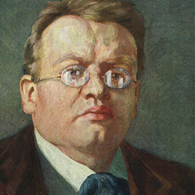
Max Reger
Late-Romantic composer who combines a chromatic tonal language with Baroque and Classical forms, thus anticipating 1920s neoclassicism.
| 1873 | Born in Brand (Upper Palatinate) on March 19, the son of a teacher. First piano lessons from his mother. |
| 1888 | After a visit to Bayreuth (for Meistersinger and Parsifal), decides on a career in music. |
| 1890–93 | Studies with Hugo Riemann at the conservatory in Wiesbaden, composes chamber works. Thereafter he endeavors to publish his own works as a freelance composer, albeit with multiple failures. |
| 1898 | Return to his parents’ home in Weiden. Composition of organ works: choral fantasies, “Fantasy and Fugue on B-A-C-H,” Op. 46 (1900); Symphonic Fantasy and Fugue (“Inferno”), Op. 57. |
| 1901–07 | Living in Munich. |
| 1903 | Publication of his “On the Theory of Modulation,” causing Riemann to feel attacked because Reger espouses a different understanding of the role of chromatics. “Variations and Fugue on an Original Theme,” Op. 73. |
| 1904 | Breakthrough with his first performance for the Allgemeine Deutsche Musikverein (General German Music Association). First volume of his “Simple Songs” for voice and piano, Op. 76; String Quartet in D minor, Op. 74, one of the most significant works in that genre at the beginning of the century. |
| From 1905 | Instructor at Munich’s Academy of Music. “Sinfonietta” in A major, Op. 90. |
| 1907–11 | Music director and professor of composition at the University of Leipzig. Orchestral work “Variations and Fugue on a Theme by Hiller,” Op. 100. |
| 1909 | “The 100th Psalm,” Op. 106, his most popular choral work. |
| 1911–14 | Director of the royal court orchestra of Saxe-Meiningen. |
| 1912 | “Concerto in the Old Style,” Op. 123. Orchestral song “An die Hoffnung” (“To Hope”), Op. 124. |
| 1913 | “Four Tone Poems after A. Böcklin” for large orchestra, Op. 128; “A Ballet Suite,” Op. 130. |
| 1914 | “Variations and Fugue on a Theme by Mozart,” Op. 132 |
| 1915 | He resides in Jena. Late compositions. |
| 1916 | Death in Leipzig on May 11. |
mws-henle.cms-product-detail.author-headline

Michael Kube (mws-henle.person.role.HERAUSGEBE)
Dr. Michael Kube, born in 1968 in Kiel, studied musicology (with Friedhelm Krummacher and Heinrich W. Schwab), the history of art and ethnology at the Christian-Albrechts-Universität zu Kiel. Since 1998 he has been a research associate at the New Schubert Edition (Tübingen) and since autumn 2002 also a member of the editorial board.
Kube is on the panels of different juries and music prizes, and is also a member of the Committee for work evaluation (Werkprüfungsausschuss) of VG Music Edition. His research interests include music for keyboard instruments around 1700, 19th century chamber music, early 20th century music history, as well as Scandinavian music history.
Product Safety Informations (GPSR)

G. Henle Verlag
Here you can find the information about the manufacturer of the product.G. Henle Verlag e.K.
Forstenrieder Allee 122
81476 München
Germany
info@henle.de
www.henle.com
The present Urtext edition is based on autograph scores owned by the Max-Reger-Institute in Karlsruhe. The generously proportioned Study Score as well as the set of parts comes with a preface and comments on the text. The parts are cleverly arranged in respect of page turns with open ot pages when necessary and the text is free of extraneous markings. Ivory coloured paper assists.
Stringendo, 2003This edition from Henle Verlag has taken great pains to facilitate page turns, and the parts are particularly clear to read.
Music Teacher推荐
autogenerated_cross_selling
本书目其他版本


